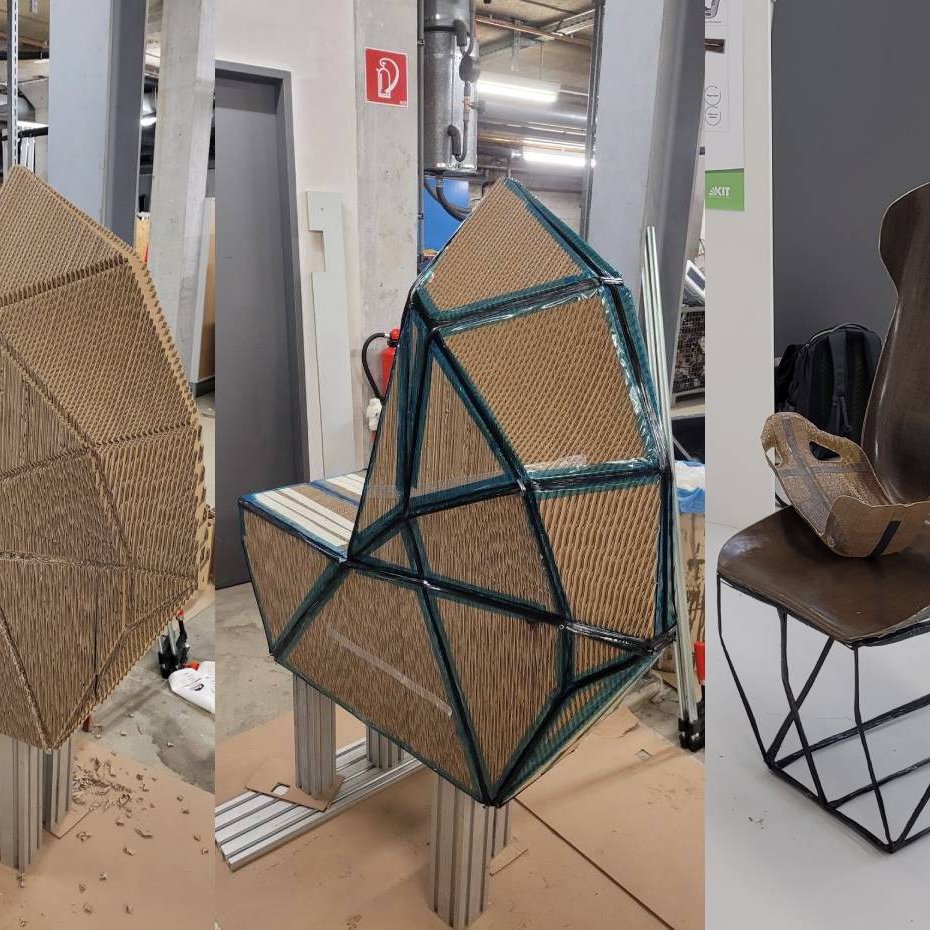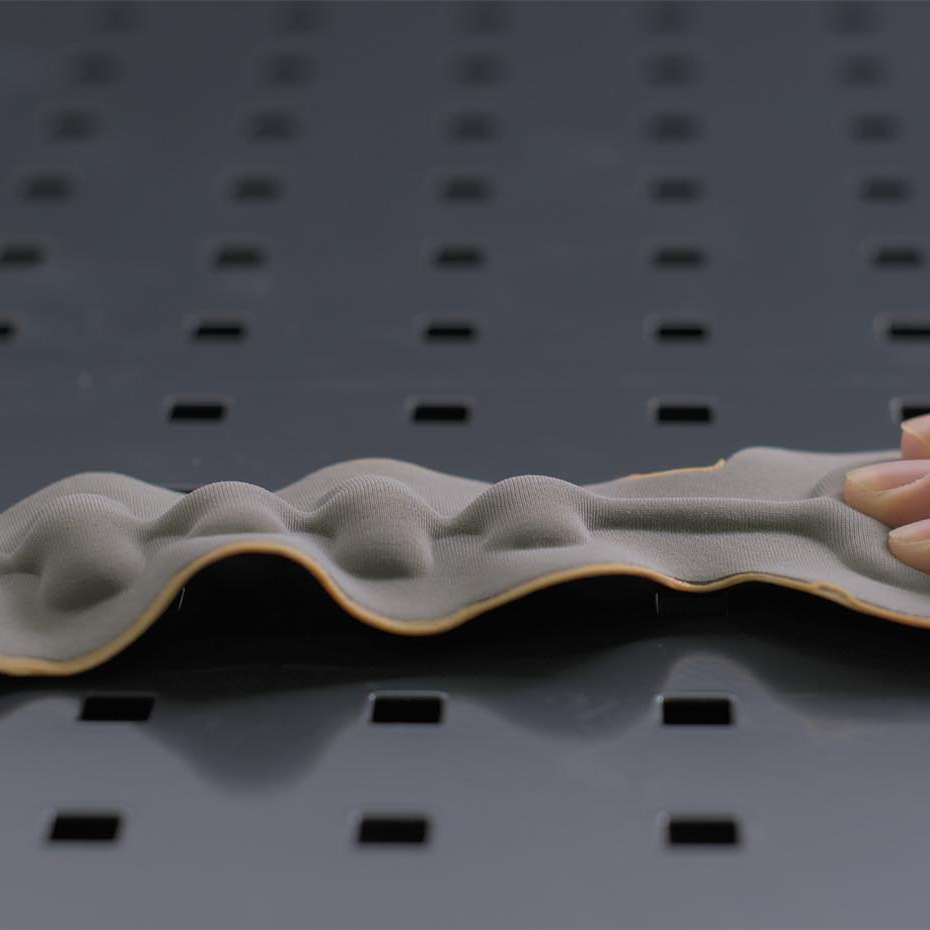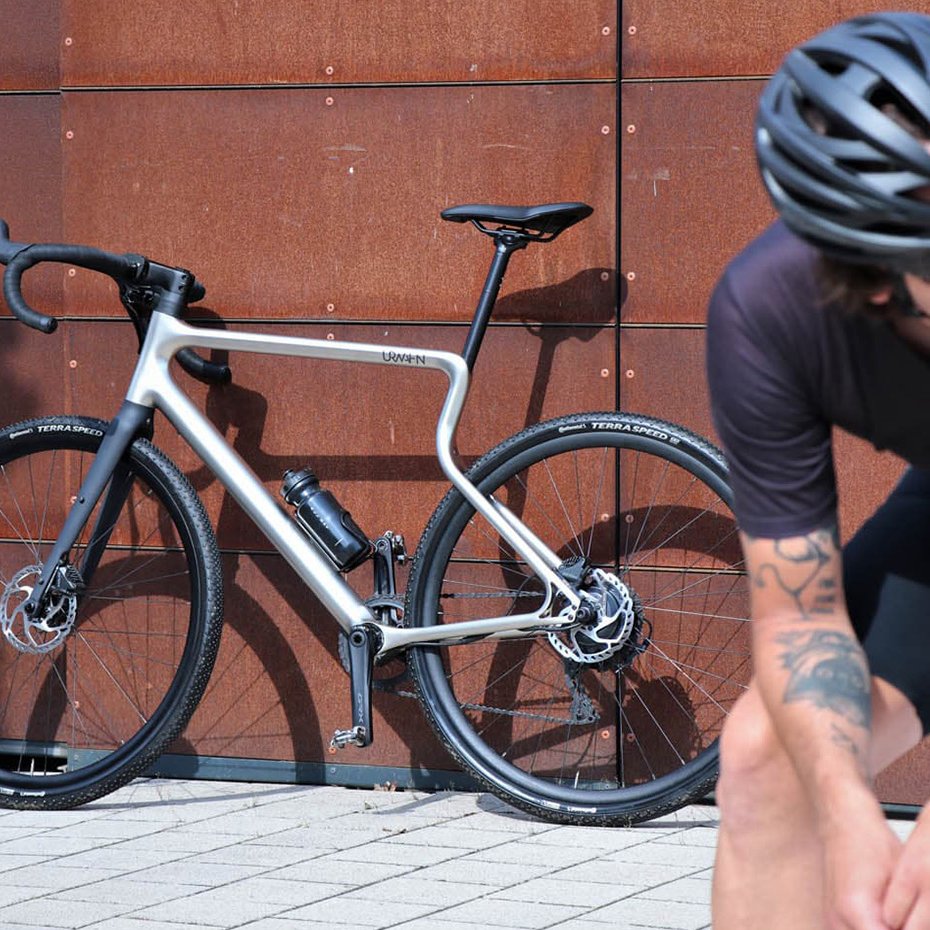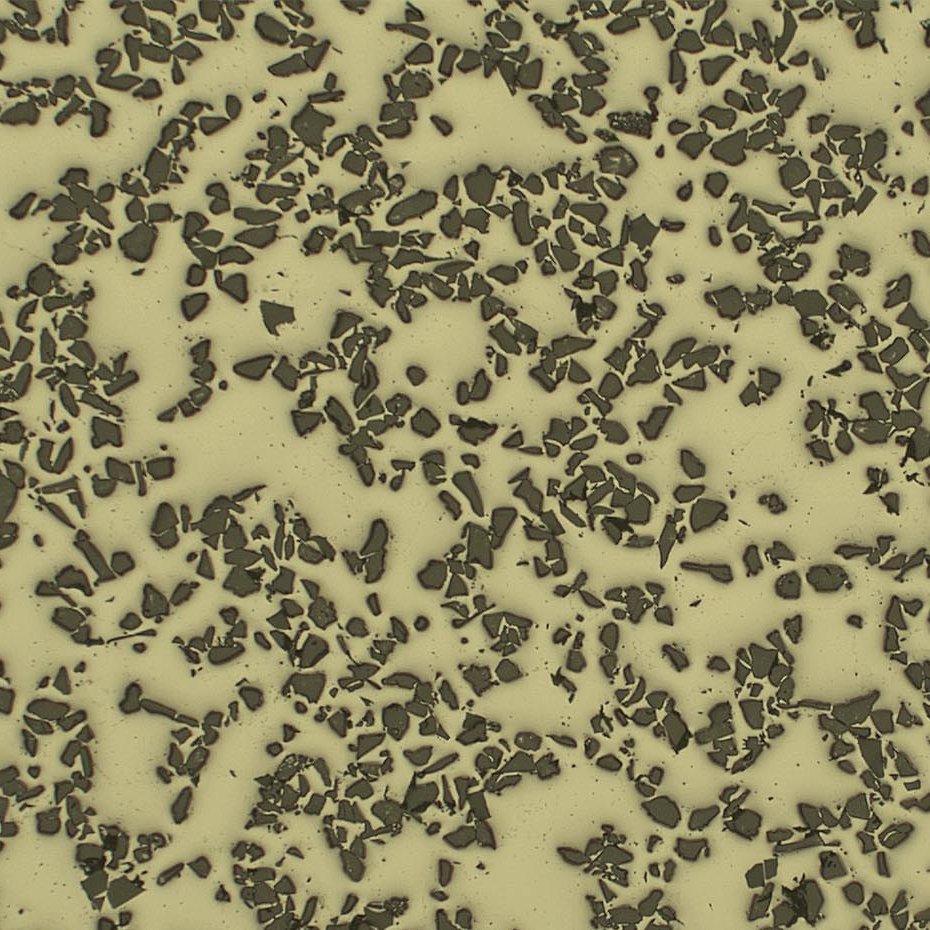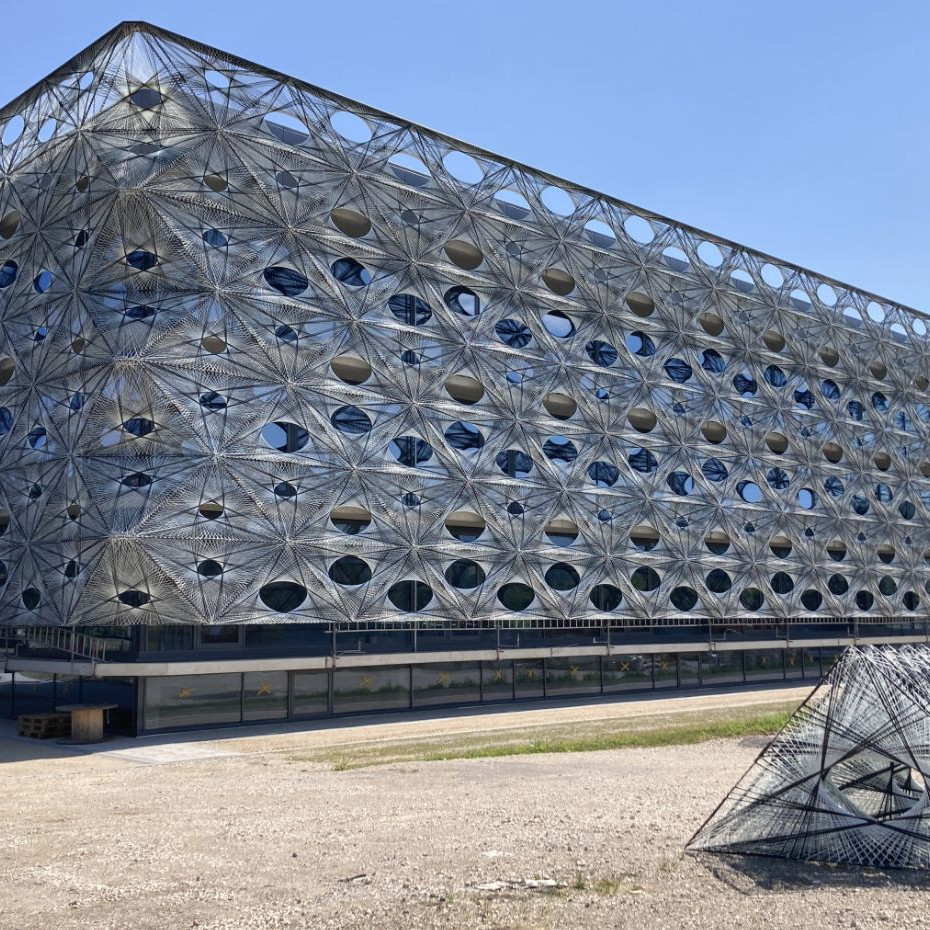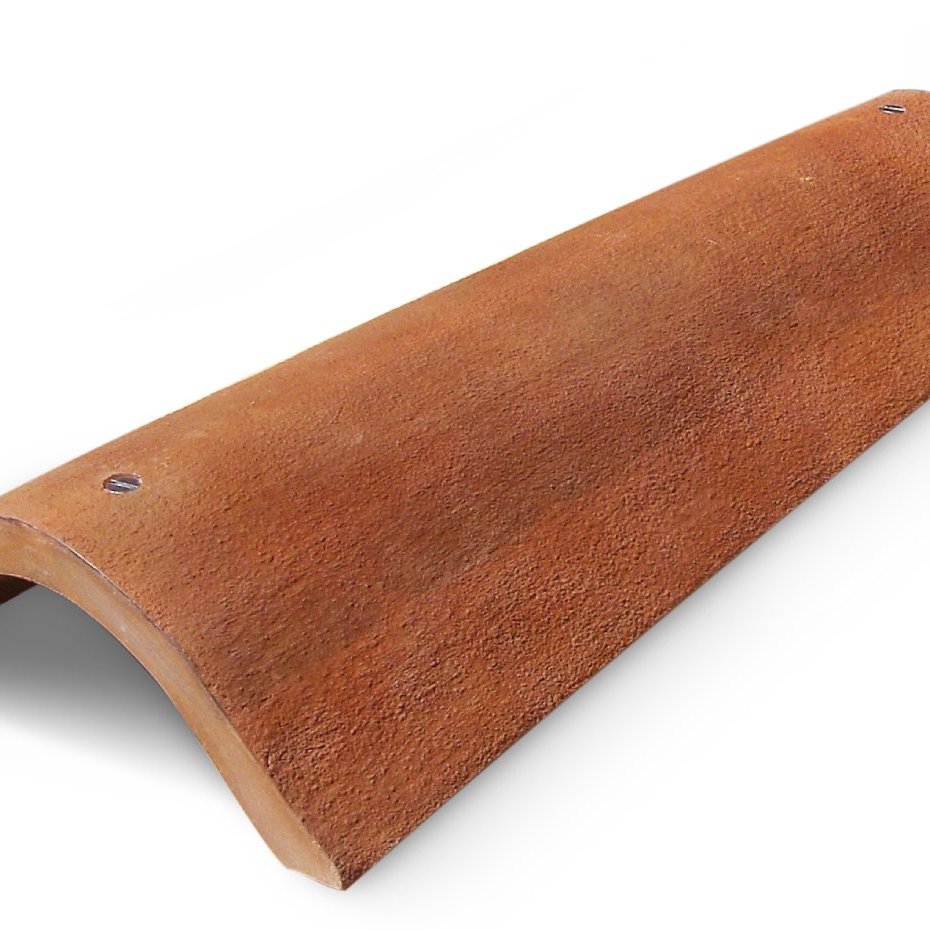Biomimetic Material
New materials on the model of nature
form 239
July/August 2011
publisher
Birkhäuser (Basel)
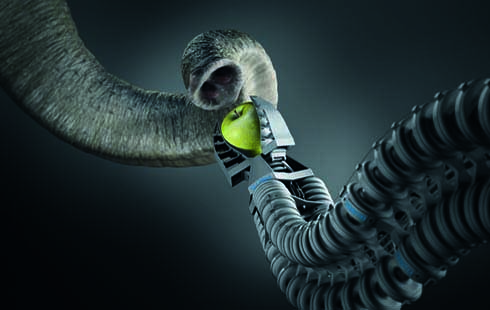
Bionics translates natural phenomena into innovative technologies and products. This branch of research became popular thanks to the lotus effect – as we know the plant’s complex micro- and nanoscopic surface structure minimizes the adhesion of dirt particles and brought us, among other things, water-repellent bathroom tiles and the hydrophobe swimsuit.
There are now a host of products on the market that take their cue from nature. Alongside the lotus, spinning silk is one of the prime examples of biomimetic research: the fiber is not only extremely elastic but is also much firmer than steel. AMSilk GmbH, an offshoot of the Technical University of Munich, is the first company in the world to produce silk proteins and other biopolymers on an industrial scale – and recently received the award “Industriepreis 2011” for its work.
They have adapted ideally to the environmental conditions in the depths of the sea: Kiesel algae have a structure that is extremely firm but also airy and light. After all, these lightweight structures have to float so as to capture the light necessary for their metabolism, but they must also be hard enough to withstand the water pressure. At the Alfred-Wegener Institute for Polar- and Marine Research in Bremerhaven, scientists have transferred this principle to a wheel rim and a fashionable light plaster cast.
Bionics are also employed in other areas: Material-efficient construction elements are primarily important in architecture. Dr. Mirtsch GmbH has combined the hexagonal shell structure of tortoises and natural self-organization adapted to sheet metal and applied the principle to facades and roofs. At Bremen University, by contrast, years were spent examining shark skin to find methods for preventing ship’s rumps from becoming covered by organisms such as mussels and sea urchins. In collaboration with Vosschemie they finally developed an antifouling spray which does just this and consequently ensures improved handling characteristics in the field of amateur sports.
The fact that natural movement mechanisms can be transferred to technical systems is something that Festo, supplier of pneumatic and electronic technology for factory and process automation, has proven on repeated occasions. Festo became known in recent years for its Bionic Learning Network; the most recent research finding is a robot arm whose flexibility was improved by the FinRay effect based on fish. The bionic handling-assistant is modeled in form and function after an elephant’s trunk.
www.amsilk.com
www.awi.de
www.woelbstruktur.de
www.vosschemie.de
www.fischer.de
www.festo.com
image source: Festo
Ecoblaq molecular wood colours
23 March 2024
Ecoblaq is a molecule manipulation method, a natural chemical reaction, making…
Natural fiber reinforced car seat
22 October 2023
The focus of the project "Design for Recycling" is a seat shell that is made…
MotorSkins morphing textiles
19 April 2022
Berlin based start-up MotorSkins designs and produces textiles with embedded…
3D Pioneers Challenge 2022
15 December 2021
The 3D Pioneers Challenge 2022 adresses tech pioneers who pave the way for…
IGNIS – Light from waste heat energy
12 August 2020
The availability of affordable, independent and, above all, clean electrical…
Brake disc with reduced fine dust
21 April 2021
Fine dust endangers our health. One of the main sources is traffic, especially…
Texoversum
15 July 2023
With the "Texoversum", Reutlingen University has put into operation a training…
Invisible Terracotta Solar Rooftile
10 May 2023
The family-run business Dyaqua has developed a technology to integrate a…
Xarvio – Digital Farming
8 January 2021
BASF Digital Farming GmbH has received the renowned Crop Science Award for the…

